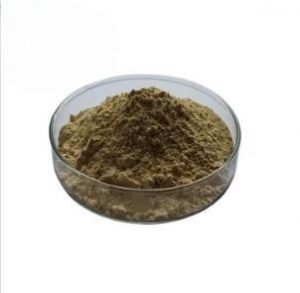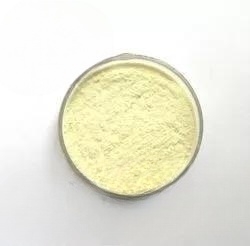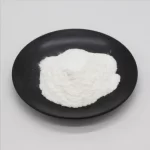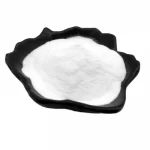Description
CAS 3681-99-0 Pueraria Extract For Cardiovascular And Cerebrovascular Diseases Treatment
Description
| Product Name: | Puerarin | CAS No.: | 3681-99-0 |
|---|---|---|---|
| Molecular Formula: | C21H20O9 | Molecular Weight: | 416.38 |
| Apperance: | Powder | MSDS: | Avaliable |
| Storage: | Cool And Dry | ||
| High Light: |
CAS 3681-99-0 Pueraria Extract, Cardiovascular And Cerebrovascular Diseases Treatment Puerarin, CAS 3681-99-0 Puerarin Powder |
||
Plant Extract Powder Treatment of cardiovascular and cerebrovascular diseases Pueraria Extract Puerarin CAS 3681-99-0
Description:
| Product name | Puerarin |
| CAS no. | 3681-99-0 |
| Molecular formula | C21H20O9 |
| Molecular weight | 416.38 |
| Purity | 99%min |
| COA | Available |
Puerarin, also known as Pueraria flavonoids, is a natural isoflavone carbon glycoside and a key ingredient for Pueraria lobata root to exert its medicinal effects. Puerarin has the effects of lowering blood sugar, regulating blood lipids, protecting blood vessels, resisting oxidative stress, anti-infection, and improving insulin sensitivity index, and has fewer adverse reactions. It is known as “phytoestrogens” and is clinically used to treat the heart and brain. Diseases such as vascular disease, cancer, Parkinson’s disease, Alzheimer’s disease, diabetes and diabetic complications.
Function:
1. Puerarin can scavenge free radicals in the body to varying degrees, reduce lipid peroxidation damage, and improve the body’s antioxidant enzymes, such as SOD, glutathione peroxidase, and catalase activity.
2. Puerarin can improve immunity, improve microcirculation, expand blood vessels, increase coronary flow, lower blood pressure, slow down heart rhythm and reduce myocardial oxygen consumption without significant negative muscle strength. It also has the effects of anti-thrombosis, improving high-density lipoprotein, anti-vasospasm and reducing platelet aggregation.
3. It can be used to assist in the treatment of coronary heart disease, angina pectoris, myocardial infarction, retinal arterial and venous obstruction, sudden deafness and ischemic cerebrovascular disease, viral myocarditis in children, diabetes, etc.
4. The effect on the cardiovascular system.









